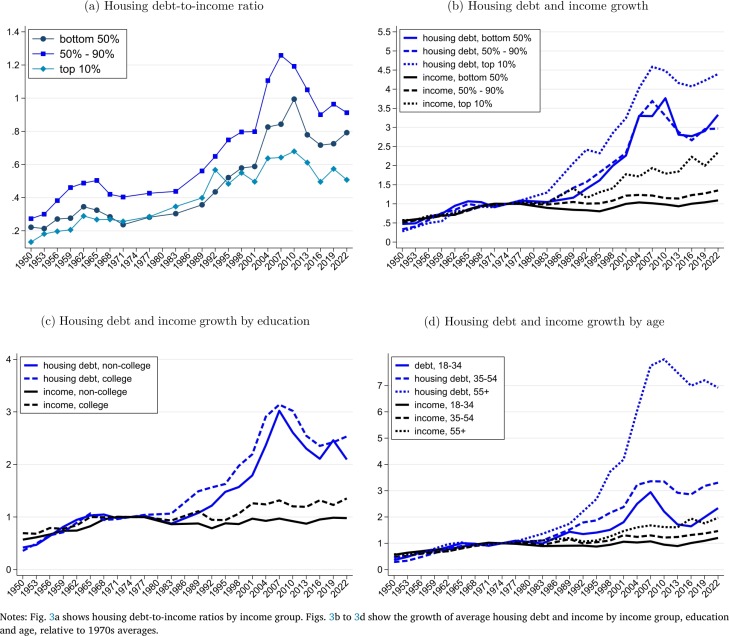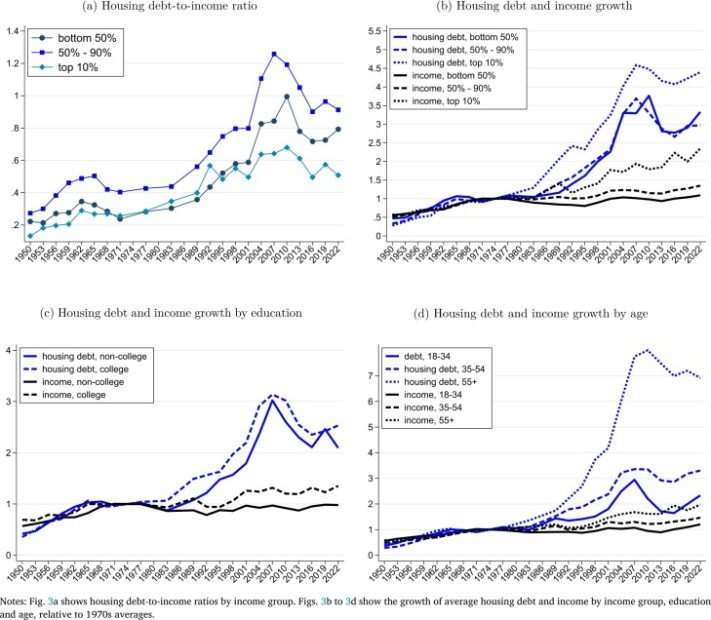
**Analyzing the Consequences of a 50-Year Mortgage**
Recently, the real estate sector has seen a growing fascination with longer mortgage durations, with 50-year mortgages emerging as a point of notable interest and discussion. As home prices continue to escalate and affordability becomes a pressing issue for numerous potential buyers, the idea of a mortgage spanning half a century offers both exciting prospects and possible downsides. This article delves into the consequences of adopting a 50-year mortgage, assessing its effects on borrowers, lenders, and the real estate market.
**Grasping a 50-Year Mortgage**
A 50-year mortgage operates in a manner akin to traditional loans, like the 30-year fixed-rate mortgage, but extends the repayment timeline across fifty years. This elongated period mainly aims to lessen monthly payments, making mortgages more manageable for borrowers who might otherwise find it hard to handle the financial obligations of homeownership.
**Benefits of a 50-Year Mortgage**
1. **Reduced Monthly Payments**: The most noticeable benefit is the lower monthly payments. By elongating the repayment period, borrowers experience less financial pressure each month, potentially granting access to larger or more sought-after properties.
2. **Enhanced Affordability**: With reduced monthly payments, homeownership becomes achievable for a wider range of individuals, especially first-time buyers and those residing in high-cost regions. This can help bridge the gap between income levels and housing expenses.
3. **Adaptability**: For those anticipating shifts in their financial circumstances, such as future income increases, a 50-year mortgage offers initial relief while maintaining the option to refinance to a shorter term or pay off the loan earlier.
**Possible Disadvantages**
1. **Interest Expenses**: Over the duration of the loan, borrowers may end up owing significantly more in interest than with shorter mortgage durations. This heightened financial load can overshadow the advantages of reduced monthly payments.
2. **Delayed Equity Growth**: With a larger portion of initial payments directed toward interest, accumulating equity in the home takes substantially longer. This can restrict homeowners’ ability to utilize their equity for other financial needs, like home renovations or unexpected costs.
3. **Market Vulnerabilities**: Extended exposure to market risks—such as shifts in interest rates and downturns in the housing market—could lead to financial difficulties or negative equity, where the mortgage balance surpasses the home’s value.
4. **Long-Lasting Obligation**: A 50-year mortgage signifies a major long-term obligation, potentially extending into retirement years, which may not fit with borrowers’ lifestyle choices or financial ambitions.
**Effects on the Housing Market and Economy**
The introduction and rise of 50-year mortgages might carry diverse implications for the housing sector and the economy at large. By making homeownership more attainable, these mortgages could stimulate increased demand, possibly driving up property values. This, in turn, could create further affordability challenges, necessitating additional measures to keep housing accessible for a larger segment of the population.
On the other hand, the prolonged nature of these loans might provide stability in the housing market by diminishing foreclosure rates and easing cyclical pressures. Nonetheless, the augmented debt burden on individuals could also influence larger economic trends, including consumer spending and savings behaviors.
**Final Thoughts**
As the challenge of housing affordability persists for prospective homeowners, the 50-year mortgage offers both benefits and challenges. While this extended duration can provide immediate monetary relief and greater access, it also raises concerns about long-term interest expenses and financial security. Potential borrowers need to carefully evaluate these factors, taking into account their financial standing, future objectives, and the changing economic environment. As this mortgage option grows more common, monitoring its effects on both borrowers and the housing market will be essential to ensure sustainable development and financial health.
